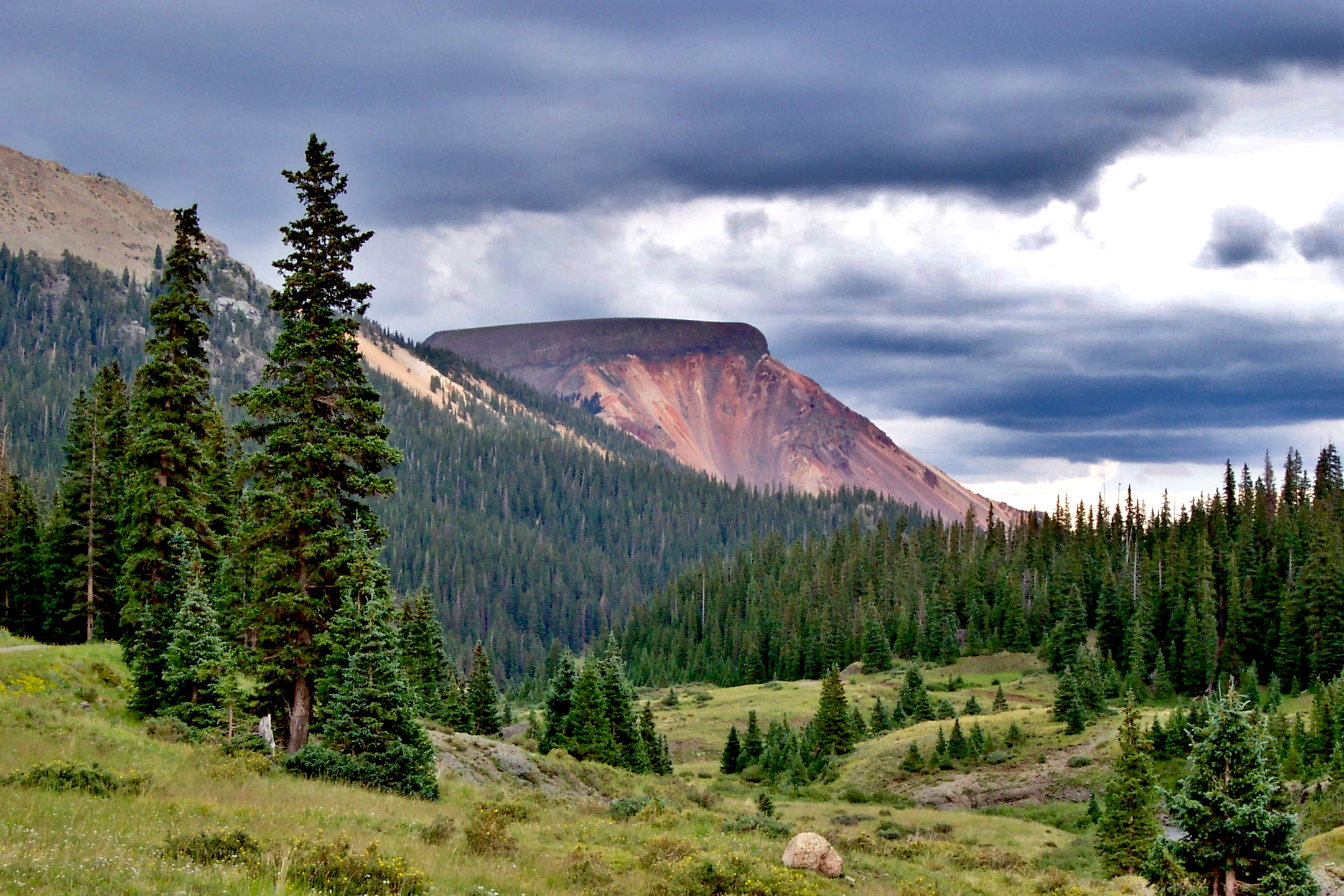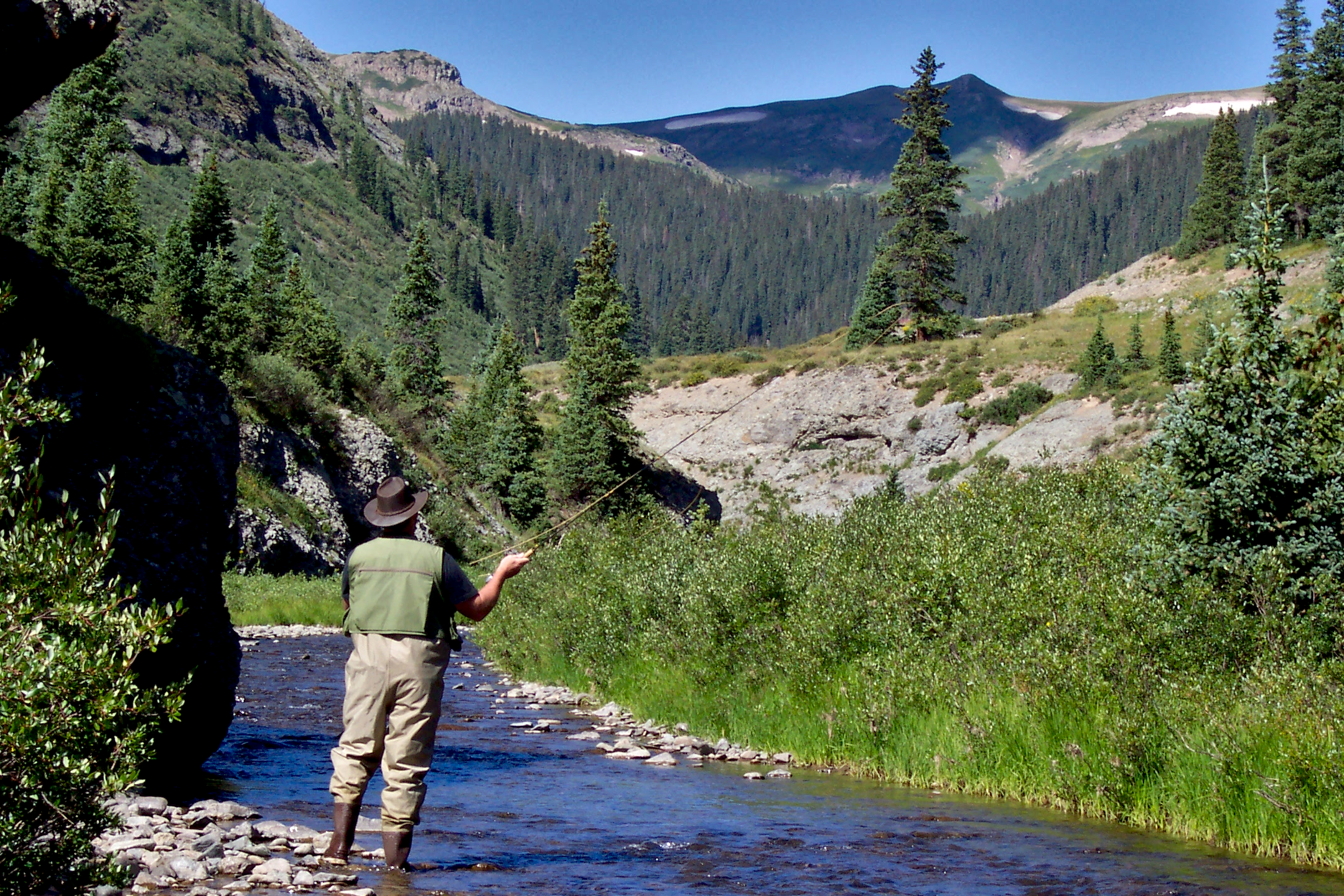Fly fishing New Mexico has long been a dream for anglers seeking a blend of scenic beauty, solitude, and diverse waters. Northern New Mexico, in particular, stands out as a fly fisher’s paradise, boasting pristine rivers, high-mountain lakes, and rugged streams teeming with wild trout. For retirees looking to slow life down while staying active outdoors, this region offers not just fishing opportunities but a chance to connect with the land and the culture of the Southwest. With the right tackle, waders, and lures, and perhaps a seasoned guide, you can make the most of the state’s rich fishing heritage.
In this post, we’ll explore the best times of year, the top rivers and streams, high-country lakes, and fishing guides who can make your trip seamless and memorable.
Why Northern New Mexico is Perfect for Retirees
Retirees often seek places where fishing is as much about relaxation as it is about the catch. Northern New Mexico’s blend of mild climate (outside of winter), accessible waters, and diverse landscapes provides exactly that. Many of the rivers and lakes are within short drives from towns like Taos, Red River, and Chama, offering easy lodging and amenities. Even for those new to fly fishing, the region’s variety of fisheries—from slow-moving meadows to alpine lakes—allows everyone to find their pace.
Best Time of Year for Fly Fishing New Mexico
The prime fly fishing season in Northern New Mexico runs from late spring through fall, though winter offers unique opportunities for hardy anglers. Here’s what you can expect throughout the year:
Spring (Late March – May)
As the snow melts, rivers like the Rio Grande and Cimarron swell, and the fish become active. Spring is ideal for those who enjoy nymph fishing, as runoff can make dry fly presentations tricky. Waders are essential in these colder months, as water temperatures remain frigid.
Summer (June – August)
This is the high season for retirees who prefer warmer days, long evenings, and easy wading conditions. By July, rivers stabilize, and dry fly fishing becomes prime, particularly on streams like the Rio Costilla or Cimarron River. The weather is comfortable at higher elevations, though afternoon thunderstorms are common in July and August, so packing a light rain jacket with your tackle is wise.
Fall (September – October)
Fall offers cooler temperatures, fewer crowds, and some of the best fishing conditions of the year. The changing aspen leaves create a stunning backdrop, and trout aggressively feed before winter. This is a perfect season for retirees, as rivers are less busy, and the combination of crisp air and active fish makes for memorable outings.
Winter (November – March)
While most retirees might prefer warmer pastimes, winter fishing on tailwaters like the San Juan River below Navajo Dam remains productive. Bundle up in insulated waders, bring plenty of streamers, and enjoy solitude on the water.
Best Rivers and Streams for Fly Fishing New Mexico
Northern New Mexico boasts rivers that cater to all skill levels and preferences. Here are the standout waters worth visiting:
The Rio Grande
The mighty Rio Grande is perhaps the most iconic river in the region. It carves through deep canyons, offering anglers a chance to catch wild brown and rainbow trout. The Orilla Verde Recreation Area near Taos provides easy access, while those willing to hike into the Rio Grande Gorge can find remote pools where fish rarely see a fly.
What to Bring: 5- or 6-weight rods, sturdy waders for rocky terrain, and a mix of stonefly nymphs and caddis lures.
The Chama River
The Chama River combines scenic beauty with prolific fishing. Upstream sections near Chama offer freestone action, while the tailwater below El Vado Dam provides year-round fishing. This river is ideal for retirees who want a mix of wade-friendly areas and slower-moving pools.
What to Bring: Nymph rigs for deep pools, small dry flies in summer, and lightweight tackle for the upper river.
The Cimarron River
Flowing out of Eagle Nest Lake, the Cimarron River is a smaller stream but a favorite among retirees due to its easy access and abundant trout population. Summer evenings bring spectacular dry fly hatches.
What to Bring: Lightweight rods, breathable waders, and small dry fly patterns like Adams or Elk Hair Caddis.
The Rio Costilla
Nestled in the Valle Vidal, this is a true high-country gem. The Rio Costilla is known for its native Rio Grande Cutthroat Trout and its remote, wild feel. The Valle Vidal area is closed to fishing until July 1, making mid-to-late summer prime time.
What to Bring: Lightweight tackle, a good pair of hiking boots alongside your waders, and terrestrial lures like hoppers for late summer.
Best Lakes for Fly Fishing New Mexico
While rivers and streams get much of the attention, Northern New Mexico’s lakes can be equally rewarding, particularly for retirees who enjoy casting from shore or a float tube.
Eagle Nest Lake
This high-mountain lake offers cold, clear waters with opportunities for rainbow trout, kokanee salmon, and northern pike. Summer is the most comfortable season for fishing here, though spring ice-off can be highly productive.
What to Bring: Sinking lines, leech and streamer patterns, and layered clothing for cool mornings.
Heron Lake
Near Chama, Heron Lake is a quiet, scenic spot ideal for retirees seeking peaceful surroundings. Known for kokanee salmon and rainbow trout, it’s also a great place to watch wildlife between casts.
Santa Cruz Lake
Closer to Española and Santa Fe, Santa Cruz Lake offers easy bank fishing, making it ideal for retirees who prefer not to hike. Stocked regularly with trout, it’s a dependable spot for casual anglers.
Choosing the Right Tackle, Waders, and Lures
For retirees new to the sport—or those looking to refine their setup—Northern New Mexico’s varied waters call for a versatile approach:
-
Tackle: A 5-weight fly rod is the most versatile choice, handling everything from dry flies on small streams to streamers on the Rio Grande.
-
Waders: Breathable chest waders are a must for comfort, especially in spring and fall. Felt-soled boots (where allowed) provide traction on slick riverbeds.
-
Lures: Stock your box with a mix of nymphs (Pheasant Tails, Prince Nymphs), dry flies (Parachute Adams, Elk Hair Caddis), and streamers (Woolly Buggers) for larger fish.
The Value of Local Fishing Guides
While many retirees enjoy fishing independently, hiring a local guide can elevate the experience, especially for those new to the region. Guides know which stretches are fishing best, provide boats for drift trips, and can help refine casting techniques.
In Taos, Chama, and Red River, numerous outfitters specialize in guiding retirees and beginners. Many offer half-day trips tailored for those who prefer shorter outings, complete with gear rental, so you don’t need to pack everything yourself.
Tips for Retirees to Enjoy Fly Fishing New Mexico
-
Pace Yourself: High elevation can make exertion harder, so take breaks and stay hydrated.
-
Start Simple: Begin with easily accessible waters like the Cimarron before venturing into remote streams.
-
Embrace the Culture: Pair fishing trips with visits to local pueblos, art galleries, and historic towns to enjoy the region beyond its waters.
-
Document Your Adventures: Bring a camera—autumn in the Valle Vidal or along the Chama can make for unforgettable photos.
Conclusion: Making the Most of Fly Fishing New Mexico
Fly fishing New Mexico, especially in the northern region, offers retirees a perfect combination of relaxation, natural beauty, and angling excitement. Whether you’re casting dry flies on the Rio Costilla, exploring the depths of Eagle Nest Lake, or hiring a guide for a day on the Rio Grande, the experience can be as peaceful or adventurous as you choose.
With the right tackle, waders, and lures, Northern New Mexico provides endless opportunities to create memories on the water. For retirees seeking a slower pace but plenty of excitement, few destinations offer such a unique blend of accessibility, diversity, and Southwestern charm.















0 Comments